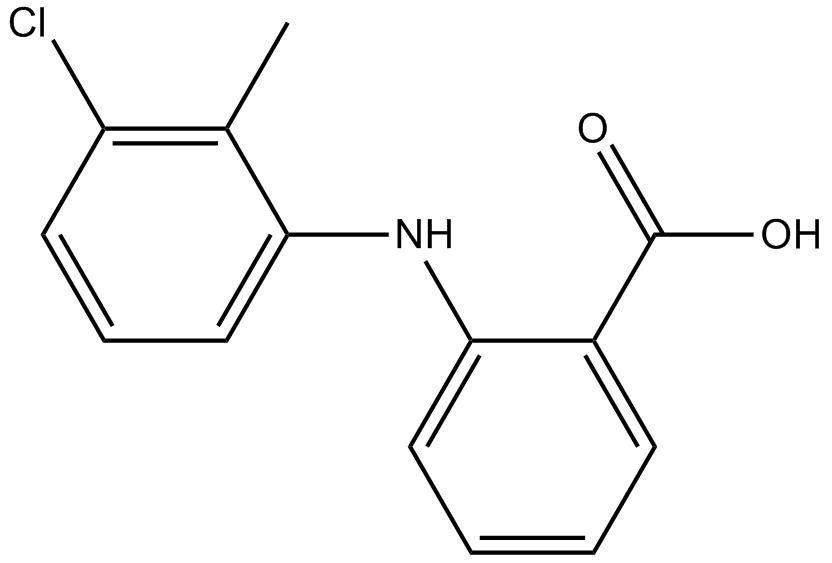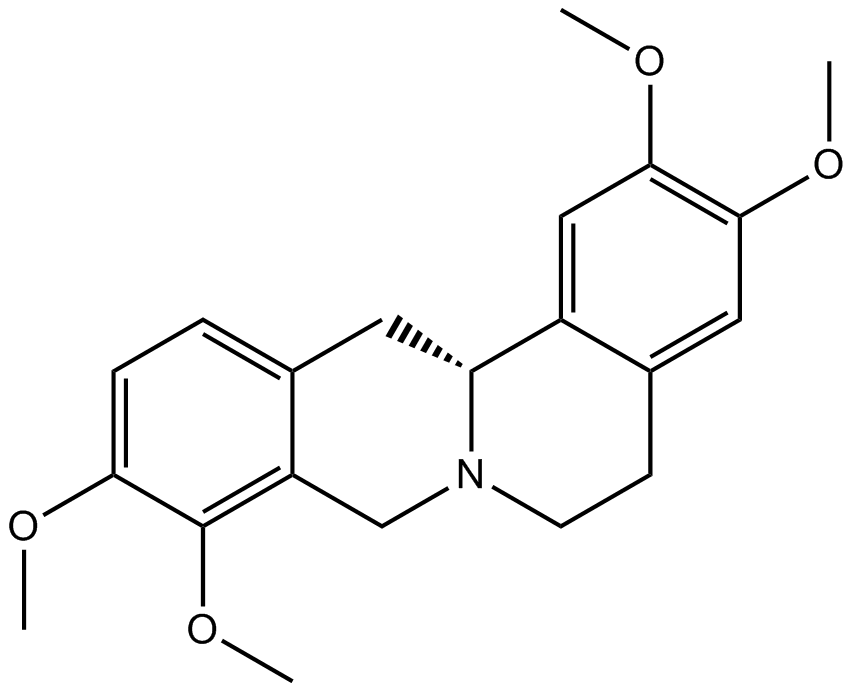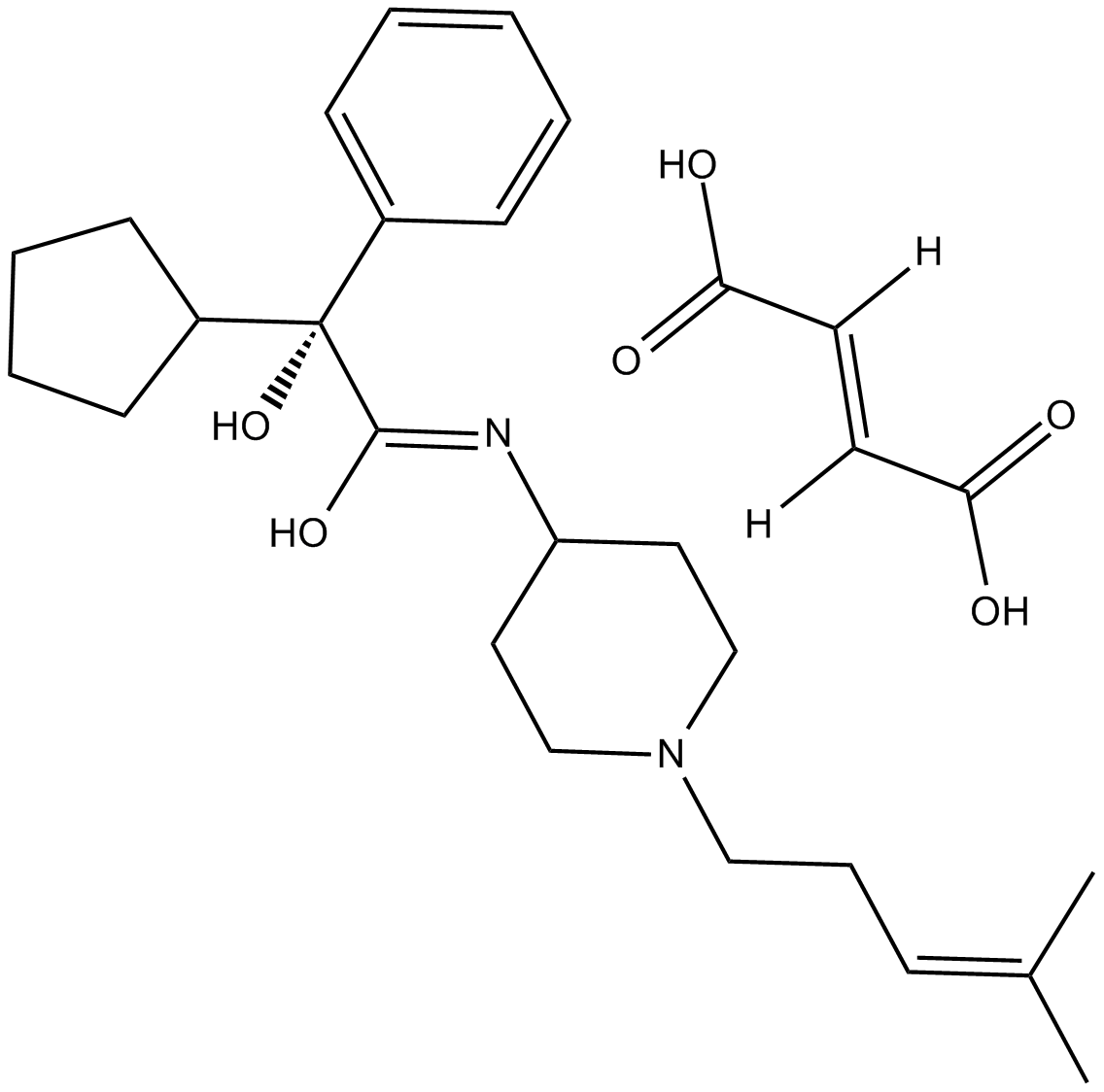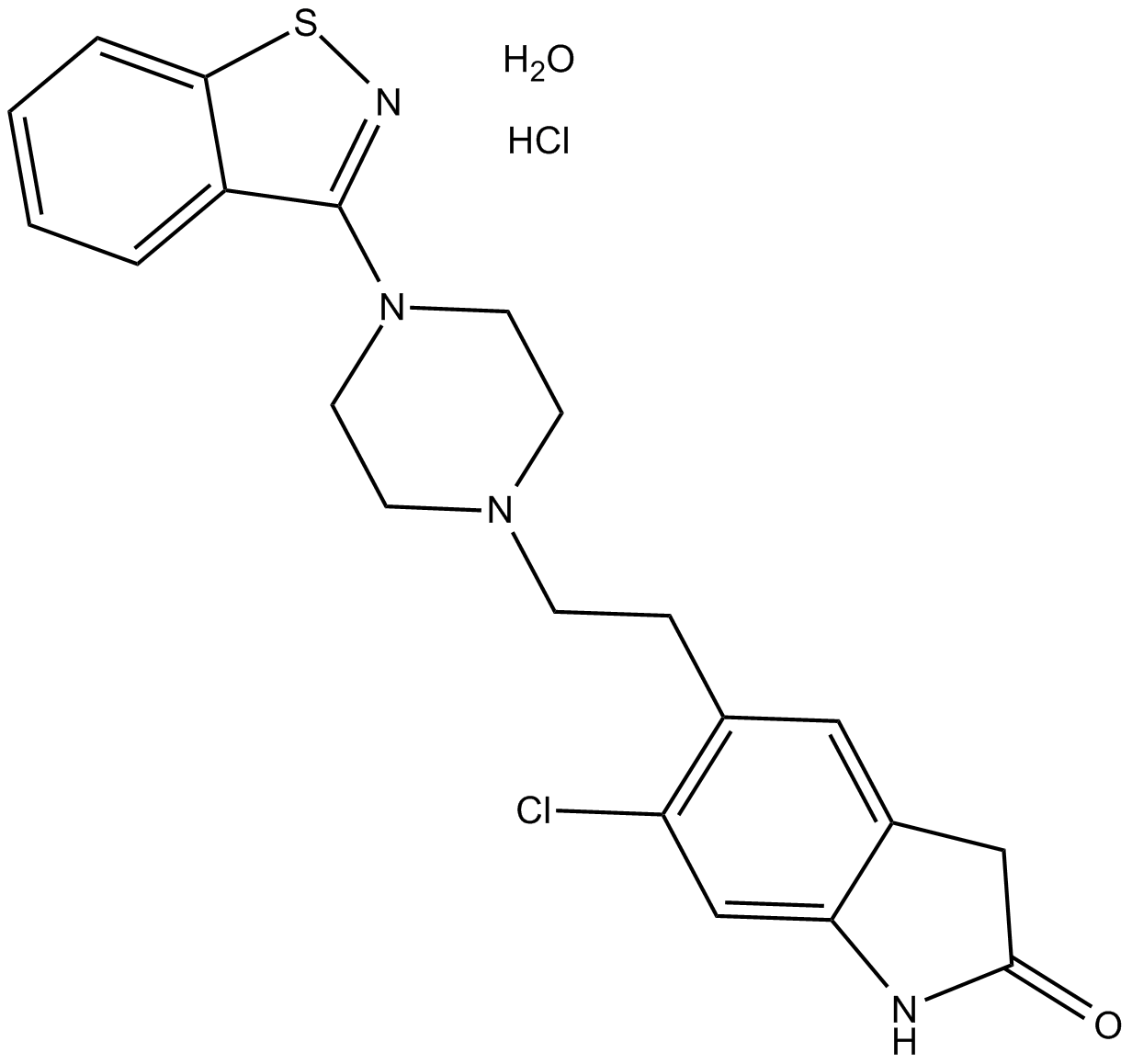Neuroscience

Neurotransmitter receptors function via various G-protein coupled and G-protein independent mechanisms that activate downstream intracellular signaling pathways such as cAMP/PKA, PI3K/AKT, phospholipase A2, and phospholipase C pathways. For instance, dopamine receptors act through adenylate cyclase to activate PKA and other signaling molecules, thereby mediate gene expression through the actions of CREB and other transcription factors. Other neurotransmitters such as NMDAR or AMPAR are associated with ion channels that control flux of Ca2+ and Na+, thus propagating the action potential across the post-synaptic neuron.
Dysfunctions in GABAergic/glutamatergic/serotonergic/dopaminergic pathways result in a broad range of neurological disorders such as chronic pain, neurodegenerative diseases, and insomnia, as well as mental disorders including schizophrenia, bipolar disorder, depression, and addiction.
-
 B1566 Rupatadine Fumarate1 CitationTarget: Histamine H1 Receptors|PAFRSummary: Inhibitor of PAF and histamine (H1) receptor
B1566 Rupatadine Fumarate1 CitationTarget: Histamine H1 Receptors|PAFRSummary: Inhibitor of PAF and histamine (H1) receptor -
 B1455 Tolfenamic AcidSummary: Non-steroidal anti-inflammatory drug
B1455 Tolfenamic AcidSummary: Non-steroidal anti-inflammatory drug -
 B3676 RotundineSummary: Dopamine D1 receptor antagonist,potent and selective
B3676 RotundineSummary: Dopamine D1 receptor antagonist,potent and selective -
 B7083 J 104129 fumarateSummary: M3 muscarinic receptor antagonist
B7083 J 104129 fumarateSummary: M3 muscarinic receptor antagonist -
 B6220 (±)-trans-ACPDSummary: metabotropic glutamate receptors agonist
B6220 (±)-trans-ACPDSummary: metabotropic glutamate receptors agonist -
 B7030 Dihydro-β-erythroidine hydrobromideSummary: antagonist of nAChRs
B7030 Dihydro-β-erythroidine hydrobromideSummary: antagonist of nAChRs -
 A3953 Ziprasidone hydrochloride monohydrateSummary: 5-HT (serotonin)/dopamine receptor antagonist
A3953 Ziprasidone hydrochloride monohydrateSummary: 5-HT (serotonin)/dopamine receptor antagonist -
 A1121 Melanocyte stimulating hormone release inhibiting factorSummary: MSH release-inhibiting factor
A1121 Melanocyte stimulating hormone release inhibiting factorSummary: MSH release-inhibiting factor -
 B1454 RofecoxibTarget: COXSummary: COX-2 inhibitor
B1454 RofecoxibTarget: COXSummary: COX-2 inhibitor -
 B1604 Homatropine MethylbromideSummary: Muscarinic AChR antagonist
B1604 Homatropine MethylbromideSummary: Muscarinic AChR antagonist

